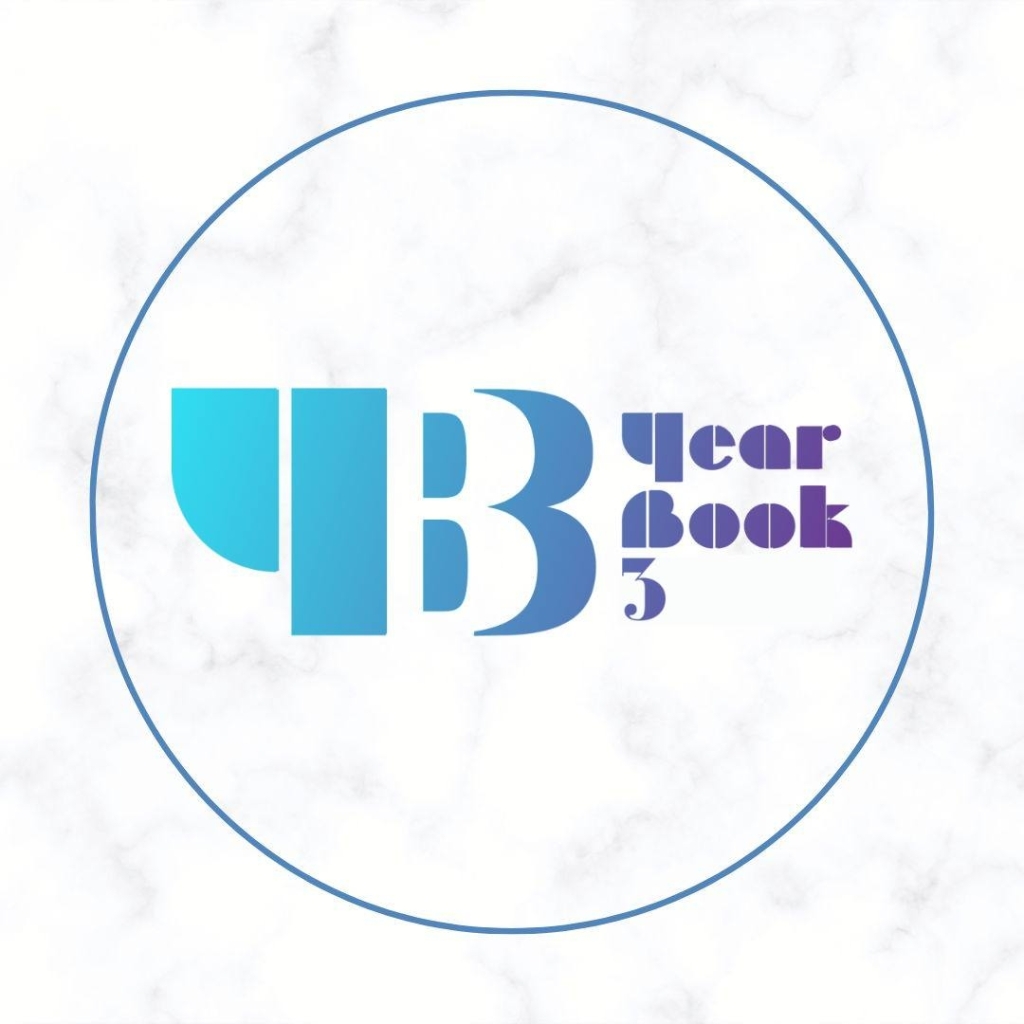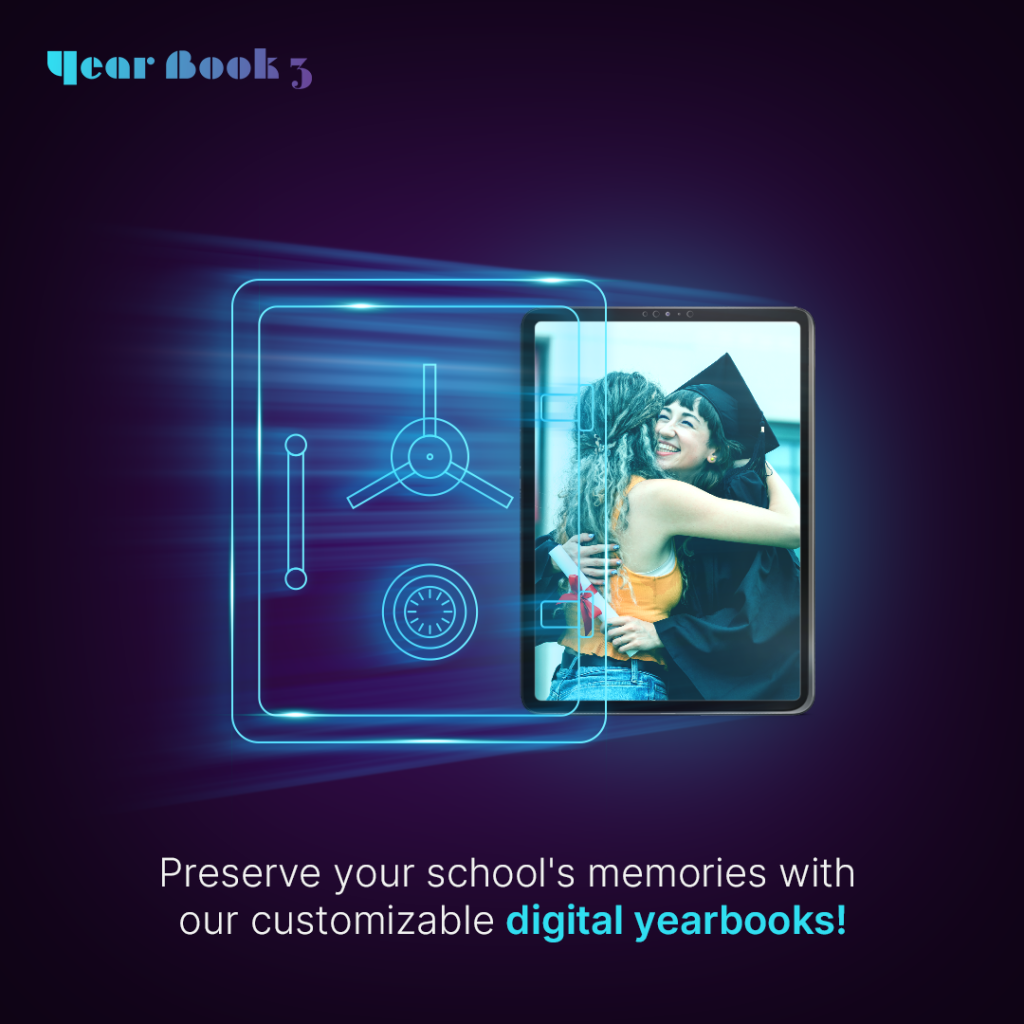For years, high school yearbooks have been a valued institution. They serve as tangible reminders of our adolescent experiences and friendships. But, with the advancement of technology, yearbooks are no longer restricted to paper. Yearbooks have evolved into a dynamic and interactive experience that preserves memories online in the digital age.
In this essay, we will look at how digital yearbooks are transforming the way students recall their high school years.
The Evolution of High School Yearbooks
Yale University produced the first high school yearbook, The Excelsior, in 1845. It contained class rosters, student photos, and comments from classmates and instructors. In the following decades, high schools around the country adopted the tradition of publishing yearbooks, with each yearbook growing more ornate and individualized.
By the 1980s and 1990s, high school yearbooks had become essential to American high school culture. These were primarily prepared by students, frequently with the assistance of a teacher or adviser, and contained a range of parts, such as senior pictures, class photos, and candid shots of kids at school activities. These were produced in enormous quantities and distributed to pupils at the end of the school year.
The Rise of Online Yearbooks
The introduction of digital technology in the late 1990s and early 2000s changed the way we communicated and shared information. With the emergence of the internet, it became easy to share high school memories online. Online yearbooks, also known as virtual yearbooks, have become a popular way to save memories in the digital era.
Online yearbooks are digital copies of conventional yearbooks that allow students to create and share their experiences in a virtual setting. These may be accessed through a computer or mobile device and frequently contain interactive pages, multimedia material, and social media integration features.
How are Digital Yearbooks Revolutionizing the Yearbook Industry?
1. Digital Yearbook Design
Traditional yearbooks with static pages and restricted design possibilities are no longer used. With the availability of high school yearbooks online, a new age of innovation and involvement has evolved. Digital yearbooks provide dynamic design options beyond the standard print format, providing a genuinely immersive and engaging experience.
Digital yearbooks aren’t simply for text and photographs. They can feature interactive multimedia components like films, animations, and music. Students may express their creativity through customized layouts, themes, and typefaces, making each yearbook unique and representative of the school community. Professional graphics and designs bring the yearbook to life in ways never previously imaginable, delivering a visually spectacular and memorable experience for readers.
Social media integration enables seamless sharing across several platforms, boosting student relationships and interaction. Students can use internet platforms to write comments, tag peers, and share experiences in real-time. Students may also incorporate digital signatures, polls, and surveys to personalize the yearbook and make it collaborative.
2. Easy Accessibility
One of the most significant advantages of digital yearbooks is their ease of access. Conventional yearbooks might be lost or destroyed over time, while digital yearbooks can be readily kept and retrieved online for years to come. This means that alumni, family members, and friends may relive the memories and see the yearbook anytime, from any location, with just a few clicks.
Digital yearbooks reduce the need for physical distribution, lowering manufacturing costs and environmental effects. Users may access the yearbook using various devices, including computers, tablets, and smartphones, making it handy and accessible to a large audience.
3. Inclusivity and Personalization
Digital yearbooks provide more inclusion and personalization. Students may post their images, quotations, and recollections, allowing them to showcase their viewpoints and personalities.
Digital yearbooks also allow for adding specific elements such as student biographies, student achievements, and class questionnaires. This enables a more complete and inclusive depiction of the school community. Students from all backgrounds, hobbies, and activities may contribute to the yearbook, making it a genuinely reflecting and varied souvenir of high school experiences.
4. Collaborative Efforts
Students and faculty can also collaborate on digital yearbooks. Using online platforms, numerous students and staff members may work on the yearbook simultaneously, making the process more efficient and collaborative.
Digital yearbooks also allow crowdsourcing, allowing students and staff to collect memories and contributions from the whole school community. This fosters a sense of community connection and involvement, and the yearbook represents the school’s collective memories. Students may interact, exchange ideas, and work together to create a yearbook that genuinely reflects the spirit and culture of their school.
Winding Up
In the digital era, high school yearbooks have developed dramatically. While conventional printed yearbooks3 will always have a particular place in our hearts, internet platforms provide a new option to keep and share memories with a larger audience. These platforms enable capabilities such as video, music, and interactive material previously unavailable in printed yearbooks. Additionally, storing memories online provides a long-term strategy for yearbook preservation, guaranteeing that future generations may access and enjoy memories.

